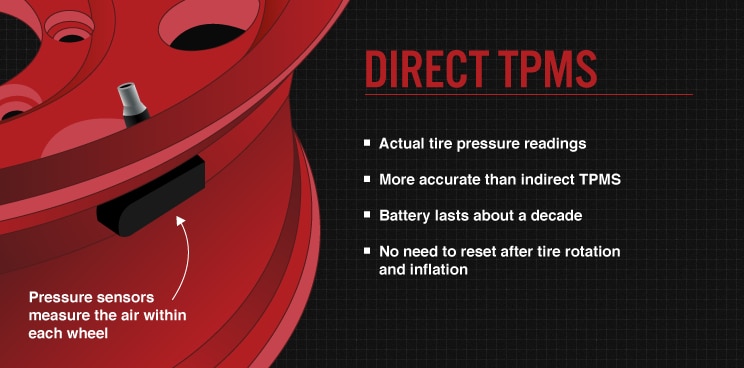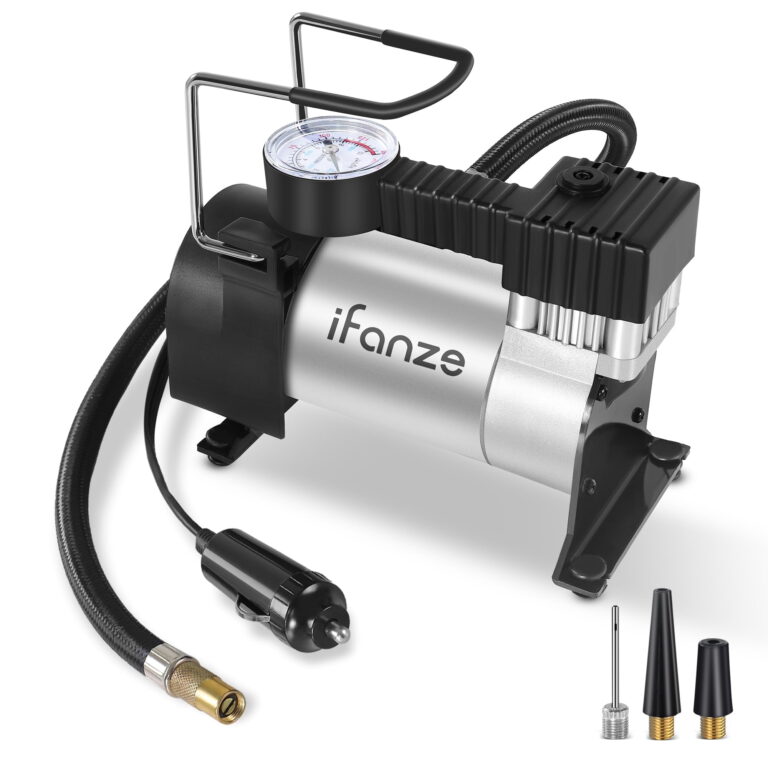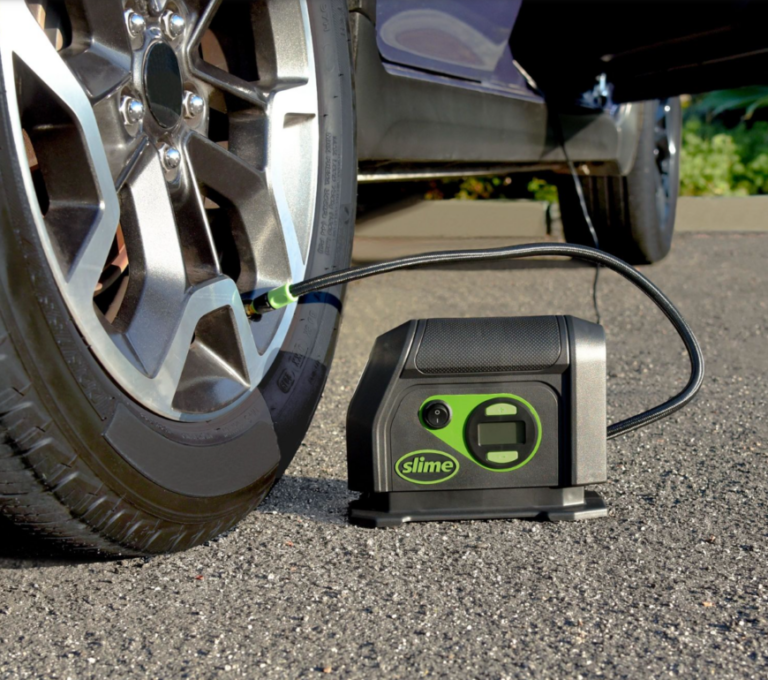Pumping Up A Bike Tire With A Presta Valve: A Comprehensive Guide
Flat tire? It’s happened to the best of us. Frustrating, right? But knowing how to efficiently and effectively pump up a bike tire with a Presta valve can save you time and hassle. This guide provides a step-by-step approach, covering everything from identifying the valve type to troubleshooting common problems. You’ll learn how to inflate your tires correctly, ensuring a smooth and safe ride every time. By the end, you’ll be a Presta valve pro!
Identifying Your Valve Type
Before you even think about pumping up a bike tire with a Presta valve, you need to make sure you actually have a Presta valve! This section will help you identify the type of valve on your bike tire and familiarize yourself with its unique features.
Presta Valves vs. Schrader Valves
- Presta valves are slimmer and require a specific type of pump head. They are common on road bikes and higher-end mountain bikes.
- Schrader valves are thicker and are used with a standard car-tire-type pump. They’re often found on mountain bikes and city bikes.
Presta valves are known for their thinner profile, which allows for lighter and more aerodynamic wheel designs. This is a significant advantage for road cyclists, where weight and aerodynamic efficiency are paramount. Understanding the difference between Presta and Schrader valves is crucial for proper inflation.
Schrader valves, on the other hand, are more readily compatible with a wider range of pumps. Their robustness and wider opening makes them suitable for applications requiring higher volume air transfer. The prevalence of Schrader valves on mountain bikes is due partly to their higher tolerance for rough terrain and frequent impacts.
Inspecting Your Bike Tire Valve
To determine whether you have a Presta or Schrader valve, carefully examine the valve stem on your bike tire. A Presta valve will have a small threaded cap and a much thinner stem compared to a Schrader valve.
- Locate the valve stem on your bicycle tire.
- Observe the size and shape of the valve stem. Presta valves are typically narrower and longer than Schrader valves.
- Check for a small threaded cap. If present, it indicates a Presta valve.
Preparing to Inflate Your Tire
This section focuses on the essential preparations needed before you start pumping up a bike tire with a Presta valve. We’ll cover selecting the right pump and preparing the valve for inflation.
Choosing the Right Pump
- A high-quality pump is essential for efficient inflation. Look for a pump specifically designed for Presta valves.
- Hand pumps offer portability and are suitable for on-the-go inflation.
- Floor pumps provide greater efficiency and speed for quicker inflation.
Investing in a high-quality pump, designed explicitly for Presta valves, will simplify the process significantly. These pumps typically feature a more precise and secure connection mechanism that minimizes air leakage during inflation. Cheap pumps often lead to frustration and wasted time.
Hand pumps are ideal for cyclists who regularly commute or ride in areas with limited access to power. Their compact design makes them easy to carry in a backpack or saddlebag. However, they may require more physical effort for high-volume inflation compared to floor pumps.
Floor pumps are better suited for home use or workshops, offering superior leverage and a faster inflation rate. They minimize physical exertion, especially beneficial when dealing with multiple tires or a particularly flat tire. The increased speed makes them time-saving for frequent use.
Unscrewing the Valve Cap
Before beginning inflation, unscrew the small threaded cap protecting the Presta valve. This is a crucial step that often gets overlooked.
- Carefully remove the small dust cap at the top of the Presta valve.
- Keep the cap safe to prevent loss.
- Inspect the valve stem for any debris that might obstruct inflation.
Inflating Your Tire
This is the core section, detailing the procedure for pumping up a bike tire with a Presta valve. We will cover different inflation methods and important considerations.
Attaching the Pump Head
- Align the pump head with the Presta valve. Push firmly until you hear a secure click or feel it engage.
- If your pump head is detachable, ensure it is properly attached and tightened.
Proper connection is crucial to prevent air leakage. A loose connection will result in slower inflation and wasted effort. Some pumps may require you to lever the head slightly onto the valve to create a secure seal.
Detachable pump heads allow for versatility and adaptability to different valve types, but they also present a potential point of failure if not correctly installed. Always visually verify the head is tightly secured before attempting inflation.
Opening the Presta Valve
- Many Presta valves have a small lever or collar that needs to be pushed down to open the valve.
- Ensure the lever remains depressed throughout the inflation process.
This lever prevents accidental deflation when the pump is not attached. It acts as a safety mechanism, so take a moment to check its position before you begin pumping.
The lever must stay depressed to keep the valve open and allow air to pass through. Releasing it before inflation is complete will result in premature termination of the inflation process and cause the tire to remain underinflated.
Inflating the Tire to the Correct Pressure
The correct tire pressure depends on the specific tire and your riding style. It’s important to adhere to the maximum pressure marked on your tire sidewall.
- Check the recommended pressure on the tire sidewall.
- Use a pressure gauge to monitor the inflation process and maintain accurate tire pressure.
The tire’s sidewall typically has a range of pressure recommendations. These ranges will often be expressed in PSI (pounds per square inch) or BAR (bars). Understanding this range is critical for optimal tire performance and safety.
A pressure gauge helps ensure your tire is inflated to the correct pressure. Over-inflation can cause discomfort and increase the risk of a tire blowout; under-inflation can lead to punctures and reduced handling. A gauge is a small investment with a great return.
Troubleshooting Common Issues
This section addresses some common problems encountered while pumping up a bike tire with a Presta valve. We’ll provide solutions and preventive measures.
The Tire Won’t Inflate
- Check the pump head connection: Ensure the pump is securely attached to the valve.
- Check the Presta valve lever: Verify that the Presta valve is open by pressing down on the lever.
- Check for obstructions: Inspect the valve stem for any blockages or debris.
A poorly connected pump head is the most common reason for inflation failure. Carefully re-examine the connection, ensuring a tight and firm seal to eliminate air leakage.
The small lever on the Presta valve needs to be fully depressed to allow air flow. If it’s not, the tire won’t inflate, regardless of how hard you pump. Make sure it stays depressed during the whole process.
Sometimes, a small particle of dirt or a piece of debris can obstruct the valve, preventing inflation. Use a small brush or compressed air to clean the valve thoroughly before trying again.
Slow Inflation
- Check the pump seal: Make sure the pump head is properly sealing against the valve stem.
- Check the Presta valve core: Ensure the core is not damaged or stuck. Inspect it visually or try gently cleaning any debris away from it.
A poor seal between the pump head and the Presta valve is a common reason for slow inflation. Try using a different pump head or cleaning the valve stem if needed.
Sometimes the core, which is the internal part of the valve, may be damaged. If you suspect a faulty core, replace it as soon as possible. A damaged core can result in slow inflation or inability to hold air.
Myths About Presta Valves
Myth 1: Presta valves are harder to use than Schrader valves.
While Presta valves require a specific pump and a bit more attention to the lever, with practice, they are just as easy to use as Schrader valves. The initial learning curve is minimal, and the benefits of a lighter, more aerodynamic wheel outweigh the perceived difficulty.
Myth 2: Presta valves are more prone to leaks.
With proper maintenance and the correct pump, Presta valves are no more prone to leaks than Schrader valves. Regular cleaning and inspection of the valve can prevent most leaks.
Myth 3: You need a specialized tool to inflate Presta valves.
While some specialized tools exist, they are not necessary for inflating most Presta valves. A standard floor or hand pump designed for Presta valves will suffice for the majority of cyclists.
FAQ
What is the correct tire pressure for my bike?
The correct tire pressure depends on your tire’s sidewall markings, the type of terrain you ride on, and your weight. Always refer to the manufacturer’s recommendations.
What should I do if my Presta valve is leaking?
First, try tightening the valve core to see if this stops the leak. If not, you might need to replace the valve core or the entire valve. A bike shop can help with this.
How often should I check my tire pressure?
It’s a good idea to check your tire pressure before every ride. This ensures optimal performance and helps prevent flats.
Why is my tire not holding air?
Several factors can lead to a tire not holding air. Common causes include a puncture, a faulty valve core, or a poorly seated tire bead. Inspect the tire closely for any signs of damage.
Can I use a Schrader pump on a Presta valve?
No, you cannot directly use a Schrader pump on a Presta valve. You will either need an adapter or a pump designed for Presta valves.
What happens if I overinflate my tires?
Overinflating your tires can lead to discomfort, reduced traction, and an increased risk of pinch flats. It can also damage the rim or tire.
What happens if I underinflate my tires?
Underinflating your tires reduces efficiency and control, increases the risk of punctures, and can lead to quicker wear on the tire.
Final Thoughts
Mastering the art of pumping up a bike tire with a Presta valve is a crucial skill for any cyclist. By following the steps outlined in this guide and understanding the potential challenges, you can ensure your tires are always properly inflated for a safe and enjoyable ride. Remember to check your tire pressure regularly and invest in a quality pump for the best results. Happy cycling!





